Since its founding in 1887, the Penn Museum has collected nearly one million objects, many obtained directly through its own field excavations or anthropological research.
The Penn Museum offers information and photography for more than 400,000 artifacts, over 1,000 lectures and archival films available to watch, and more.
Browse Online Collections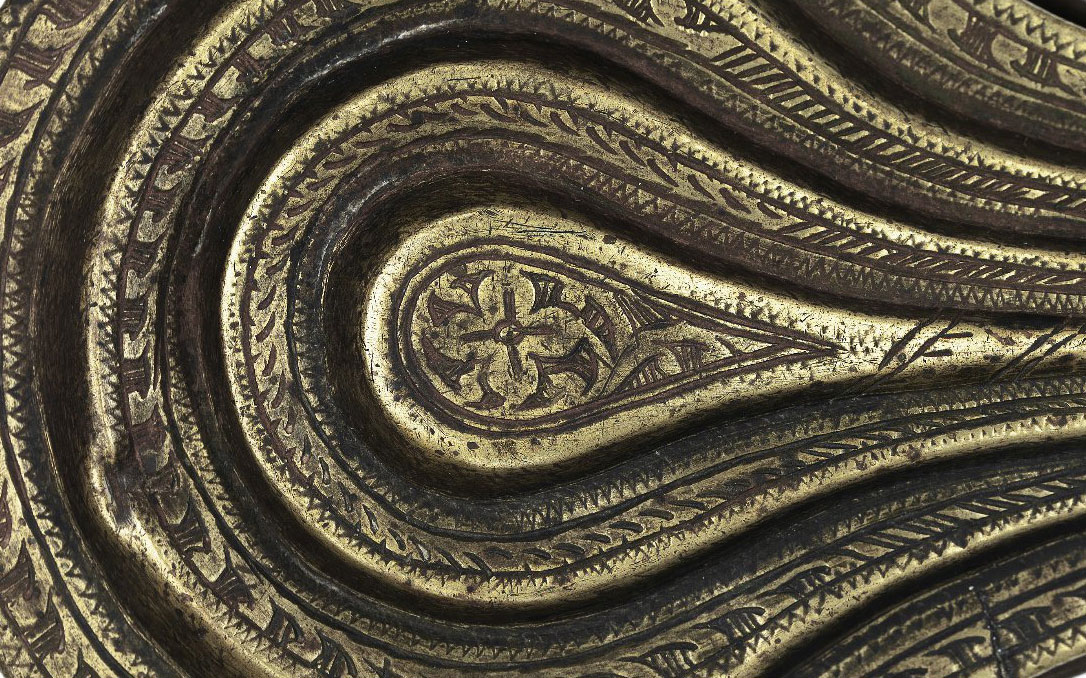
The African collection at the Penn Museum is one of the largest collections in the country. The collection includes approximately 15,000 ethnographic and 5,000 archaeological objects and most of the collection was obtained between 1891 and 1937.
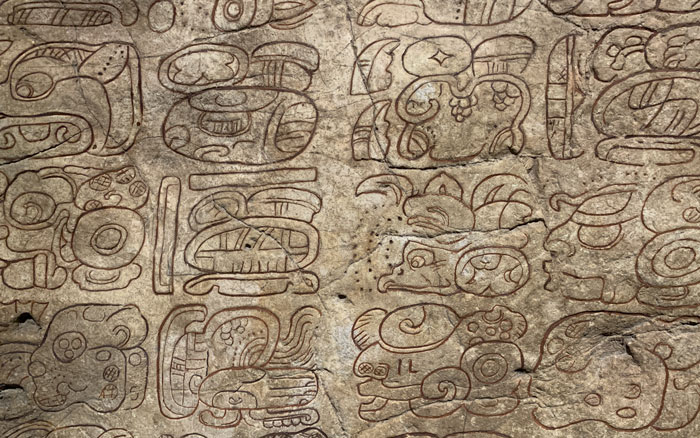
The collections of the American Section are the largest of the Penn Museum and number approximately 300,000 archaeological and ethnographic specimens.

The Asian section covers all of Asia and has a little over 25,000 objects. Most of our objects are kept in storage and used for research and classroom purposes; only about 1% are on display at any time.
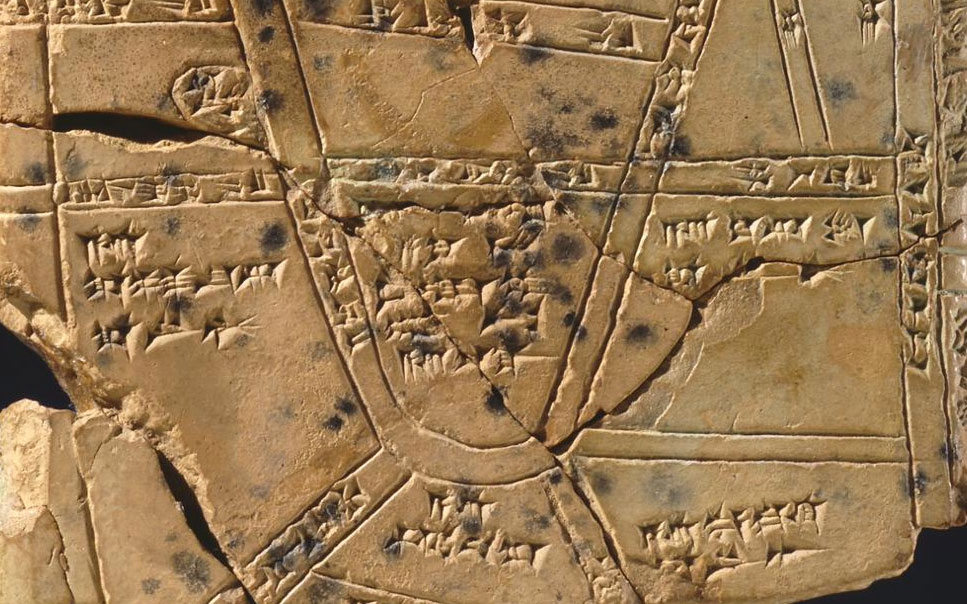
The Babylonian Section houses a collection of almost 30,000 clay tablets inscribed in Sumerian and Akkadian cuneiform, making it one of the ten largest collections in the world.
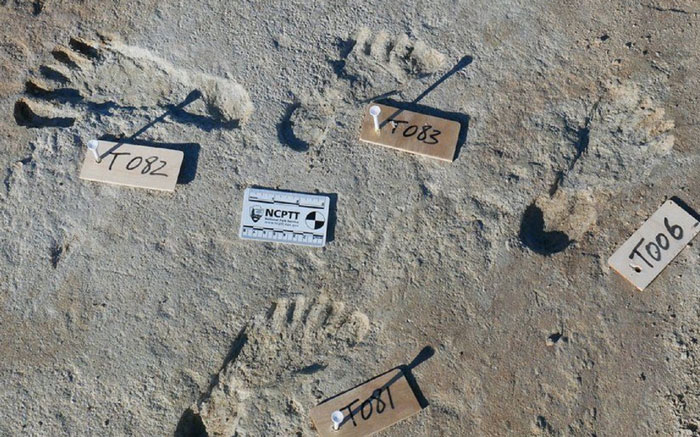
The Biological Anthropology Section curates extensive skeletal human and primate collections from all around the world. In total, approximately 10,000 individuals in various states of preservation with both historic and archaeological materials.
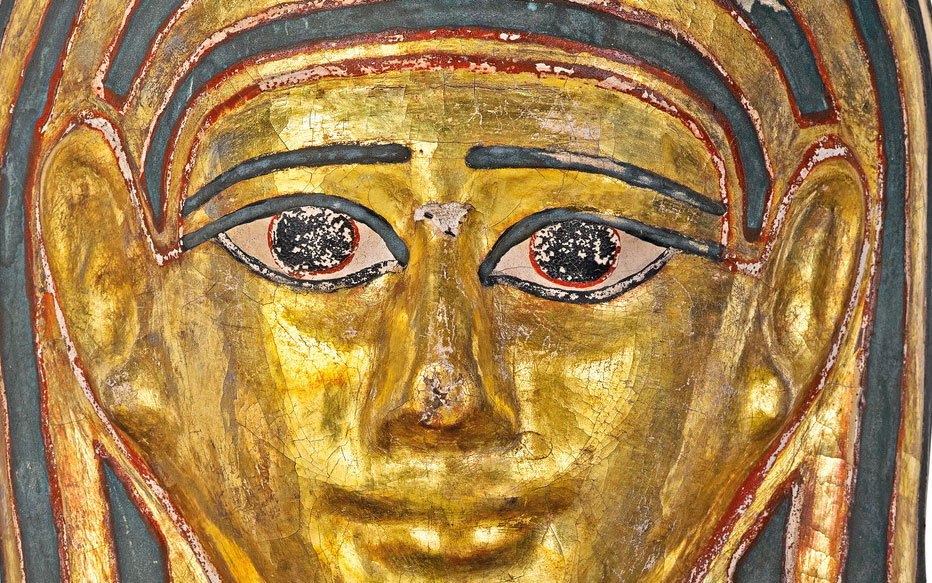
The Penn Museum houses one of the largest collections of Egyptian and Nubian material in the United States, numbering in excess of 42,000 items.
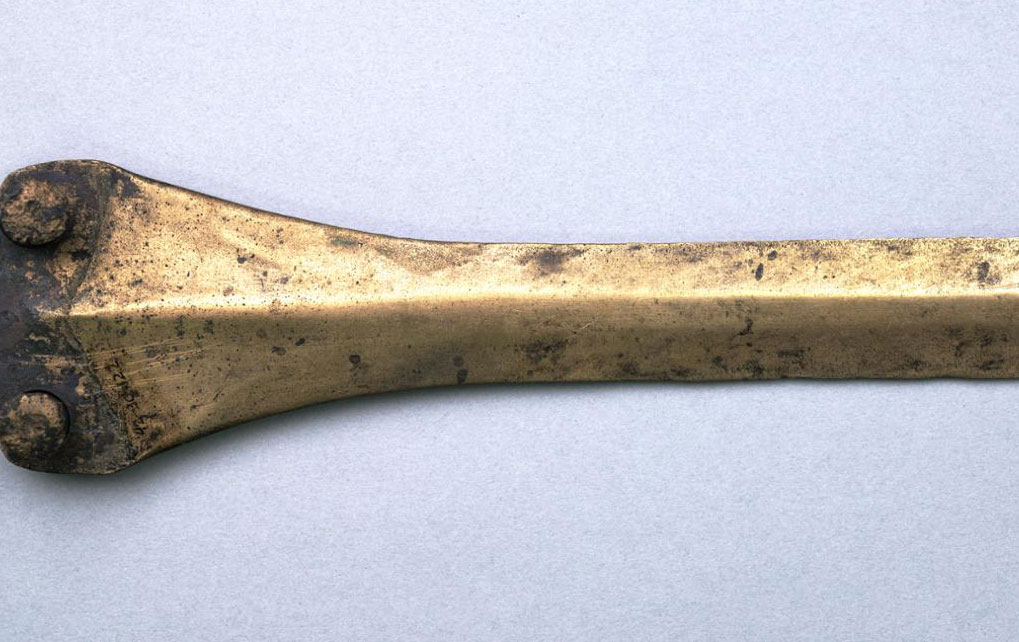
The Penn Museum began acquiring prehistoric European archaeological collections in 1892.
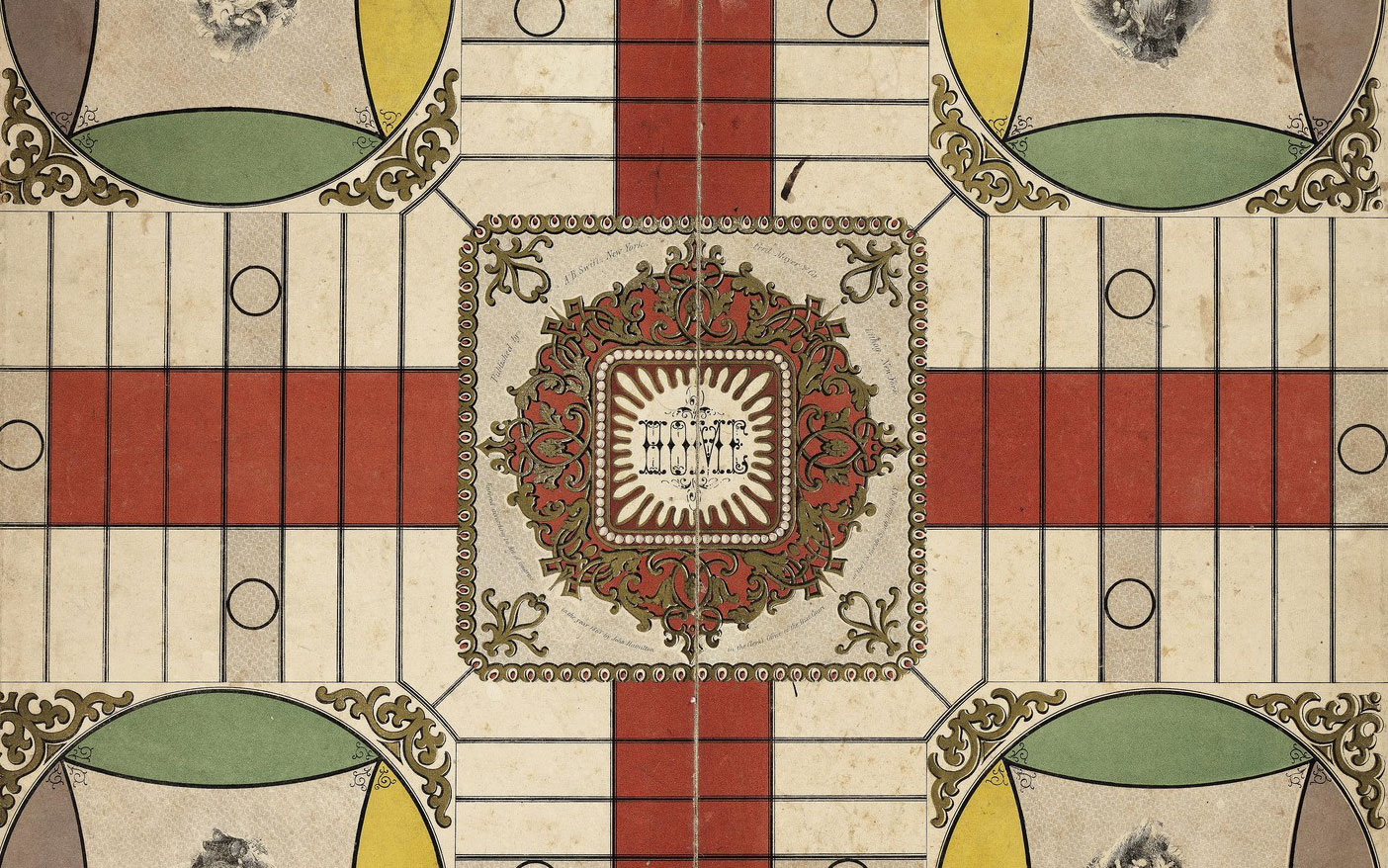
The Historical Archaeology Section is the oldest such section in the United States, dating back to the early 1970s. Since the subject matter of Historical Archaeology involves the study of the Modern World (1400 CE to the present), such collections in North America date either to the Colonial Period or to the 19th-20th centuries.
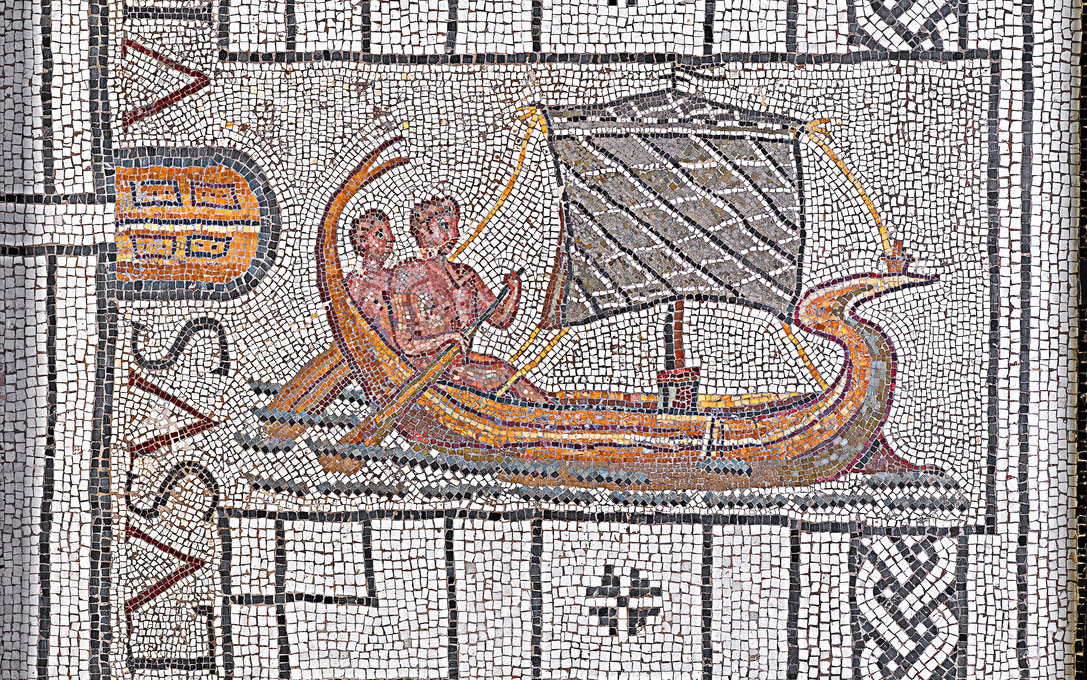
The Collections of the Mediterranean Section of the Penn Museum comprise some 34,000 objects of Greek, Roman, Etruscan, Cypriot, and Bronze Age Aegean origins, as well as small numbers of artifacts from related culture areas.
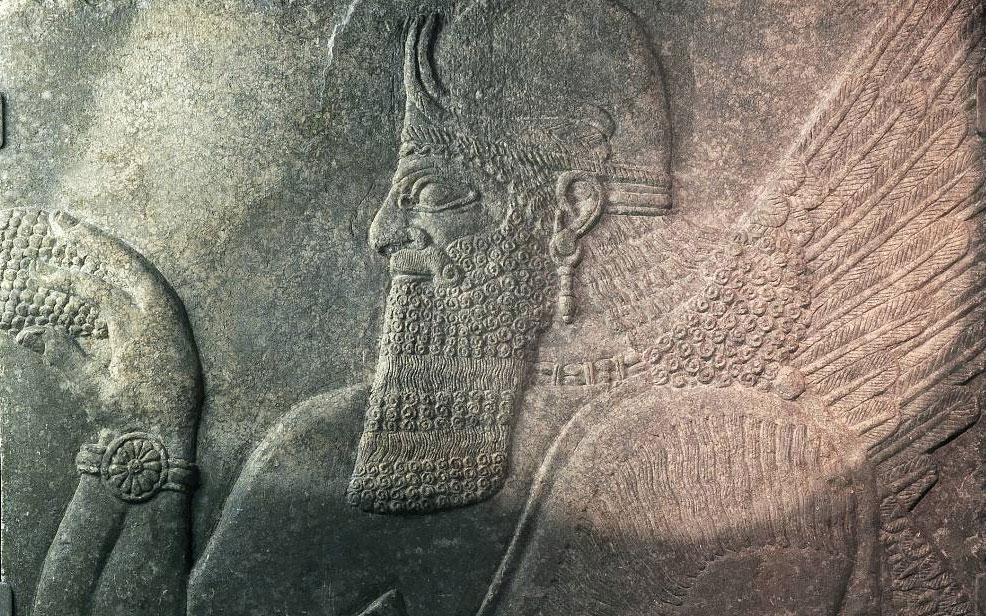
The Penn Museum has a long history of field work in the Middle East, beginning with the late 19th century excavations at Nippur. Since that time the Museum has worked in nearly every country in the Middle East.
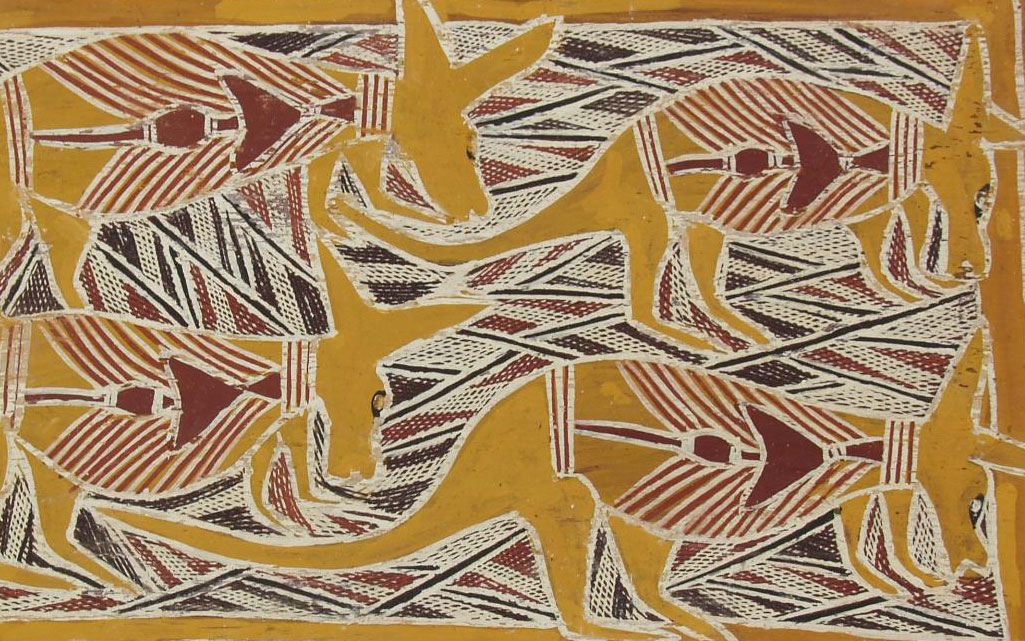
The Oceanian collections include over 22,000 objects from all the major island groups of the Pacific (Polynesia, Melanesia, and Micronesia), insular Southeast Asia, and Australia.